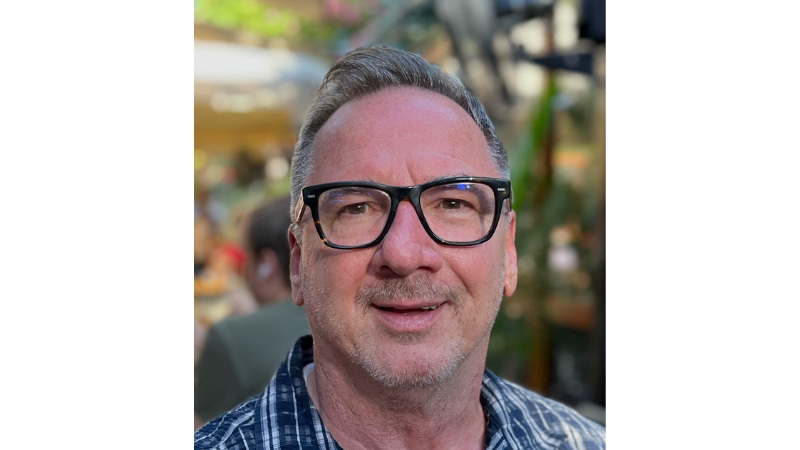
5 Minutes With … Clint Albin
Catch Clint live at Cultivate’24
From 1 to 5 p.m. on Sunday, July 14, Clint Albin, retail strategist at Homestead Gardens, and Sam Kirkland, national business development strategist at Epicor, will moderate three panel discussions in the “Visioning to 2025” session. Read more here.
Clint Albin is retail strategist at Homestead Gardens and a frequent speaker at green industry conferences and events, including Cultivate’24.
What brought you to horticulture as a career?
I’m originally from Louisiana, where we lived way out in the country. We owned a grocery store, we had a farm and we had a very small nursery. Being in an agricultural area, I became involved with the youth organization FFA (formerly Future Farmers of America) — I actually used the nursery as my project for the organization. For a number of years, I was the national champion in both nursery production and in floriculture. Several years later, I won the organization’s highest award.
My degree is in agricultural education and I decided that I did not want to be a teacher. During my time with the FFA, I met the president of the nursery products division of Weyerhaeuser, Gary Mariani, and after I graduated in the late 1980s, was able to interview for different companies that were then owned by the nursery products division. Some of the companies that Weyerhaeuser owned at that time were Shemin Nurseries, which actually is now John Deere. As a result of my friendship with Gary, I worked for Shemin Nurseries and gained operational experience there, working in annuals, perennials and pottery.
What do you love about your job?
The ability to interact with people I have a lot in common with, which is that everybody wants to do better and everybody wants to make things better. The people who I interact with — and the people I work with on a regular basis — are betterment people. How can they make the world a better place? How can they look at having plants be presented better? How can their staff be better? How can their community be better? And I think I am a better person for hanging out and communicating with them.
What keeps you up at night?
The realization that there are so many businesses that are deciding not to move forward — that communities all across the country are losing out on the access to a local, independently owned garden center. And while I believe that a box store plays a role in cities and towns across the country, a local retail garden center makes communities better — it allows people who have an interest in plants to be able to interact with other people who have an interest in plants year-round.
The world needs diversification. The world needs bio-inclusiveness. I think that a local garden center helps perpetuate growth and understanding — it’s good for society.
If your career had gone a different direction, what do you think you would have done?
I think that that is a very hard question to answer because, in my mind, it never would have been different. The only thing that has changed is I went from being a kid in a greenhouse in the country to being in a first job in a greenhouse in another state, to a trade association for horticulture, to being a consultant in horticulture, to working for one of the top 100 garden centers in horticulture. So the theme has been horticulture and consumer horticulture all the way through — the only thing that has really changed has been my surroundings.
What is your favorite plant to grow?
One thing that I love — and that everyone should love — is a cut flower. We need to be reminded of not only the beauty that it brings to our life, but it also reminds us that things come to an end, that there needs to be rebirth, and that it needs to happen on a regular basis. Sometimes with exterior gardening, everybody doesn’t always see those changes because sometimes it happens outside our peripheral; whereas with cut flowers, they’re on the dining room table or the counter. They’re always in front of us. I just love cut flowers.
For an enhanced reading experience, view this article in our digital edition.

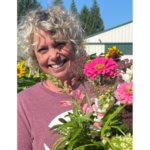

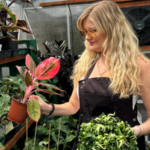
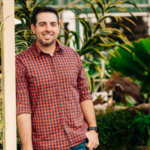


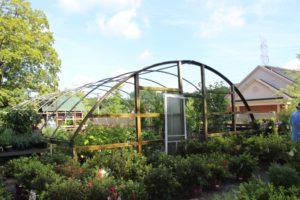
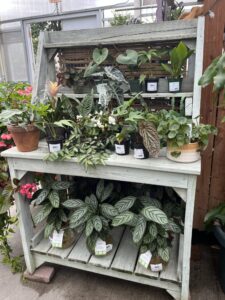
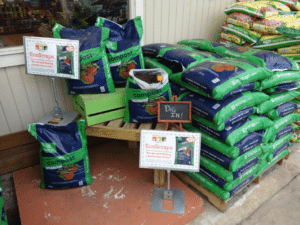
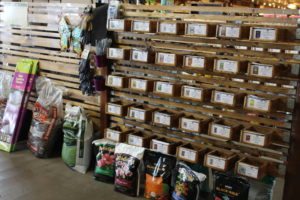


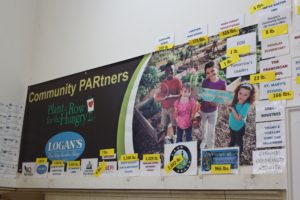

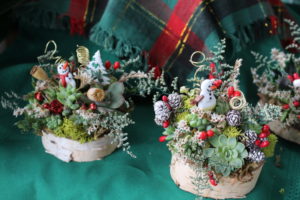
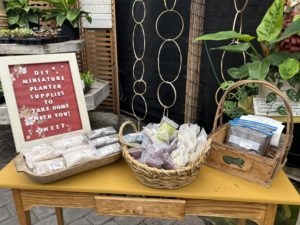
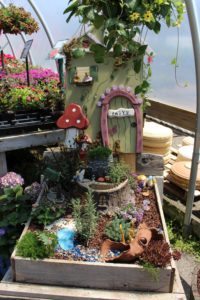
 Videos
Videos





